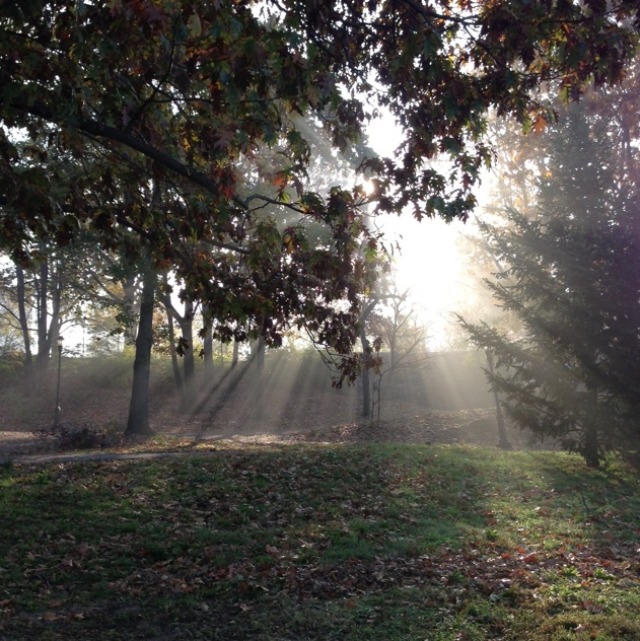Perhaps owing to the popularity of Animal Planet or Discovery Channel, our society’s yardstick for measuring abstract largeness is the blue whale — the biggest animal in the unknown vastness of the oceans. It’s not something that most of us have had direct experience with. What do we really know about how a whale compares against other, more familiar large objects, like a 747 “jumbo jet” (~2.5 blue whales)? Maybe it has to do with our obsession with the extreme: abandoning the average to measure ourselves against the biggest, richest, or most successful.
Compared to imagining the length of a blue whale, a heartbeat is a much more familiar unit of measure. We feel the rhythm of our own blood circulating; pressing our ear against the chest of another gives us proof that yes, their hearts are beating too. Humans have a resting heart rate of 70-90 beats per minute. Mice and guinea pigs, together with hamsters and other petite creatures, have small bodies and a much faster heart rate. The blue whale’s massive heart beats far more slowly—its blood is pushed through the body only a few dozen times a minute.
It’s no surprise that the cardiac rhythm of Manhattan, the “blue whale” of cities, is also sluggish. In the arteries of the subway, the crowd ebbs and flows every few minutes as vital city functions are fulfilled by millions of jostling commuters. The 1,2, and 3 trains, the jugular veins of the city, form a moving sidewalk of people filling their obligations with work, family, and friends along the length of the island. Less proximal lines, like the oft-delayed F line or the length 7 train have a slower heartbeat, cutting paths into boroughs near and far.
Not all of city has a defined heartbeat: the Hudson bikeway is an extremal vein, where at first glance it’s more difficult to measure the magnitude of the city directly. At the periphery, where land meets Hudson, the pace of movement is different. The path is awash with walkers, runners, riders, and rollerbladers when the weather is amenable, but even in the icy dead of winter the incessant flow of people will continue — wrapped in scarves and concealed by facemasks and earmuffs, bikers will brave wind and snow to reach untold destinations.
Sometimes there’s even salty sea air, or a ray of light painting the asphalt through the fog.

Escaping the measured rhythm and schedule of the subway is an intoxicating, yet practical, freedom. Your destiny is in your control. You can make up for time you think you’ve lost by pedaling faster, or you can float along on the whims of your muscles by pushing along at a most comfortable pace. Abide by the simple rule of staying to the right and you’re assured independence: no one else’s pace factors into the goals you’ve set for yourself, besides an occasional bell or shout of “On your left!”
But even though you’re independent from other riders, you’re not alone. For an entire year, I saw the same tall girl pedaling uptown around 40th street, with the reliability of clockwork. If late to rise, I ran into her closer to 60th street. When early, we’d cross paths further downtown. If I didn’t see her, I would wonder why on this particular day she’d gotten to where she needed to go differently. She hasn’t been back this year: I wonder, is it a new apartment, a new job, or a new life that ended our private cadence? The subway, on the other hand, is obstinate in its anonymity. Before I biked every day, I would get up at exactly the same time and board at exactly the same location on the platform, and yet for two years I never saw the same person twice. Maybe they were there somewhere, tucked away behind a newspaper or a book, or fighting sleep with closed eyes, but other people are generally not present in the subway.
Staying alive while biking, on the other hand, demands an incredible amount of presence. There are no tracks to guide you, so you need to feel what’s going on around you, internalizing the laws of momentum and mass to predict where things will be in a few seconds’ time. A feeling for the unpredictable—car doors leaping from their sleep, novice bikers clumsily swerving—requires an almost impossible level of attention. There is a rare understanding and uncertain trust forged by establishing eye contact with a driver through rear-view mirrors, to try to read where their minds are telling them to steer their vehicles.
Manhattan is far from flat: another inconvenient truth confronting the users of the bike path. The subway map reduces geography to a graphical abstraction, flattening the results of the geologic forces that came together to carve an island. On a bike, slopes cannot be avoided. The climbs and descents provide another measure of progress, punctuating and diversifying a ride, furcating the length into easy and challenging segments.
On the bike path, hundreds of heart beats bump in tandem, my blood circulating through my body in loose synchronicity with that of others in motion around me. For me, while New York may be so many miles long or so many “blue whales” in size, the visceral feeling on the bike path of coordinated effort is the most accessible sign of the life of the millions of people that this city hosts.